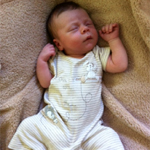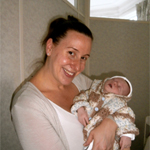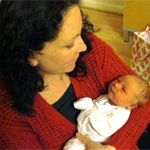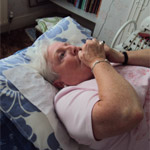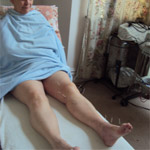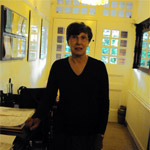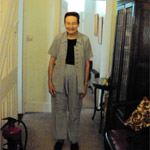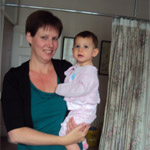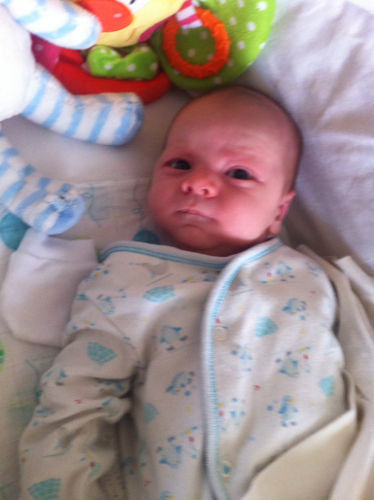How to get rid of severe lower back pain, according to an osteopath
Painful, debilitating and often lingering in the background, according to the World Health Organisation* lower back pain impacts an estimated 619 million people and this musculoskeletal problem is the leading cause of disability worldwide.
If you’re not careful, lower back pain can occur through our own lifestyle choices. For example, poor posture, sedentary behavior and sudden awkward movement can lead to back troubles. It can also be associated with stress or feeling run down.
In the medical world, these examples are referred to as non-specific lower back pain, which is believed to be the cause of 90% of all cases. While medical conditions, like sciatica or a slipped disc, can be the cause of the painful problem too.
So how can you alleviate back pain naturally? And what can we do to prevent the onset of back pain?
1. For starters, keeping active will help
You know how the old adage goes: ‘use it or lose it’. And this rings true when it comes to looking after the health of our back.
“In particular, aerobic exercise, like jogging, running, cycling, swimming or even walking, can help,” Osteopath Denise Callaghan explains. One systematic review found that this type or workout increases the blood flow and nutrients to the soft tissues in the back, ‘improving the healing process’ and ‘reducing stiffness’ that can result in back pain.
2. Always remember to bend properly
Maybe you’re doing some DIY and trying to reach tight crooks and crevices, picking up your little one, or with summer on the horizon, perhaps you’re flexing your green fingers in the garden?
Whatever you’ve got on your plate, whether you’re ‘cutting in’, picking up heavy soil or lifting your child in and out of a swing, it’s important to practice the proper lifting technique. “This involves you keeping your back straight as you bend at the knees and keeping the load as close to your body as possible,” Denise says.
3. Try drinking more water
One research paper found that inadequate water intake could be the predisposing factor for lower back pain, particularly in the younger population.
“Water helps to keep our joints lubricated,” Denise says, “Along with delivering nutrients to cells, keeping our organs functions properly and preventing infections.” So it’s a wise idea to keep hydrated all year long.
4. Stretching can help
We’ve said it before, and we’ll say it again: stretching is something we should all be doing on a regular basis. Especially if you spend most of your day sitting down at a desk or in a prolonged position while catching up on TV.
“Stretching can improve posture, boost your flexibility, and rid back aches and pains,” Denise says. “It can also keep your muscles strong and healthy, along with relieving stress.”
5. Consider making use of cold or heat therapy
Cold therapy, AKA Cryotherapy, and heat treatment is everywhere right now. But these tried and tested temperature treatments aren’t just a health and fitness fad. They work! And depending on how you’ve hurt your back, you may be able to make use of these as part of your back rehab.
According to one review: “Low-level heat therapy provides pain relief, improves muscular strength, and increases flexibility. Therefore, this effective, safe, easy-to-use, and cost-effective non-pharmacological pain relief option is relevant for the management of non-specific mild or moderate low back pain in current clinical practice.”
While another 2022 study found that cryotherapy, combined with therapeutic exercises, had a positive effect on lower back pain reduction in patients with lumbar spine osteoarthritis.
Still in pain?
That’s where Denise can help. As stated by the National Institute for Health and Clinical Excellence, manual therapy, including osteopathy, acupuncture and a structured exercise program should be considered in the management of patients with low back pain.
So if you are seriously struggling with back pain do get in touch by ringing 07971 466178 or drop Denise an email on .
Denise has more than 35 years’ experience in the industry and uses a range of osteopathic techniques such manipulation, acupuncture and electrotherapy, to help you overcome the problem.
Denise can also offer ergonomic advice and provide you with a list of exercises to do.
*https://www.who.int/news-room/fact-sheets/detail/low-back-pain



